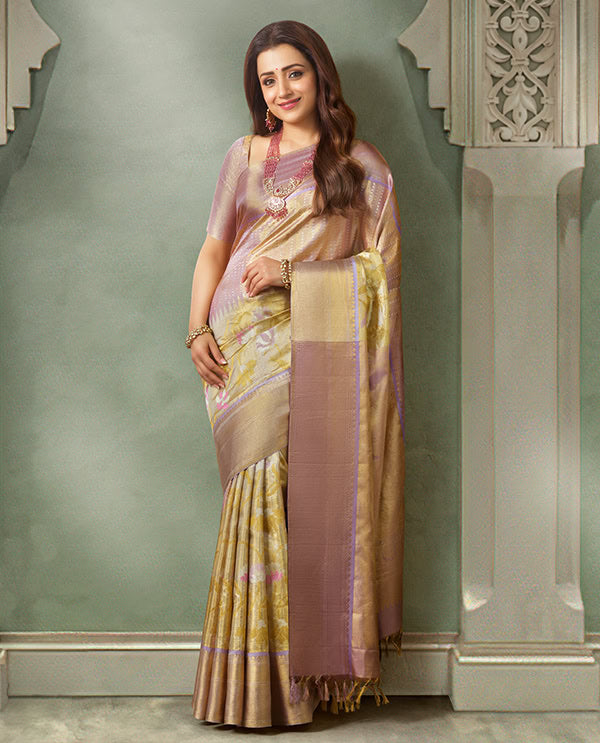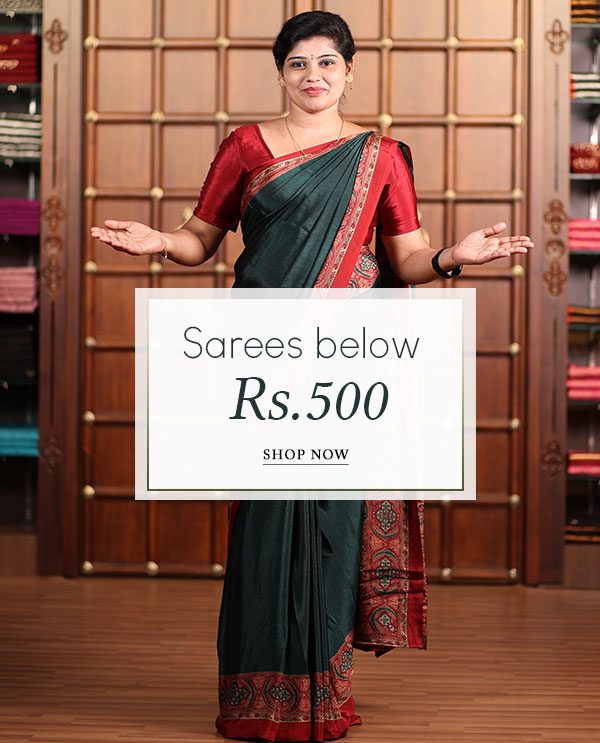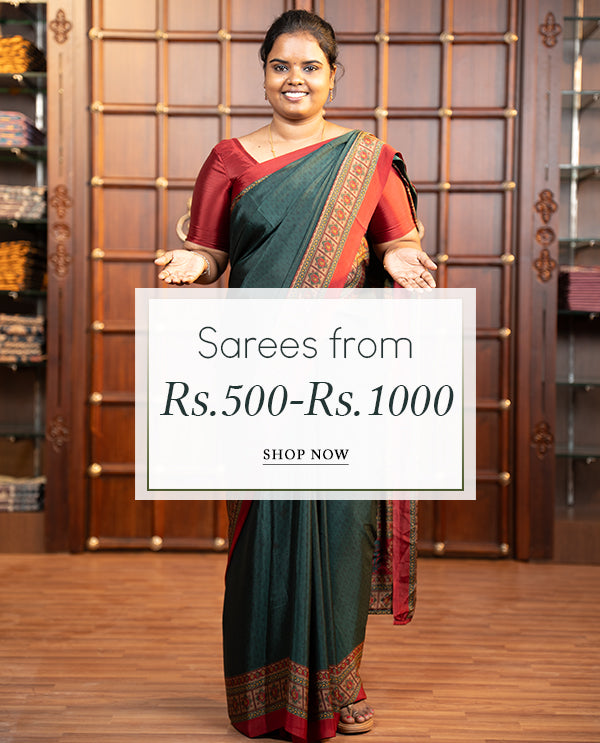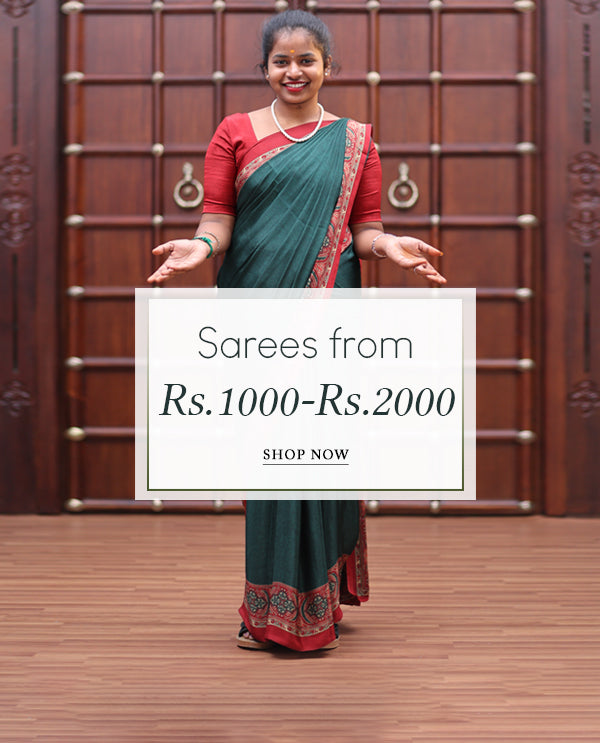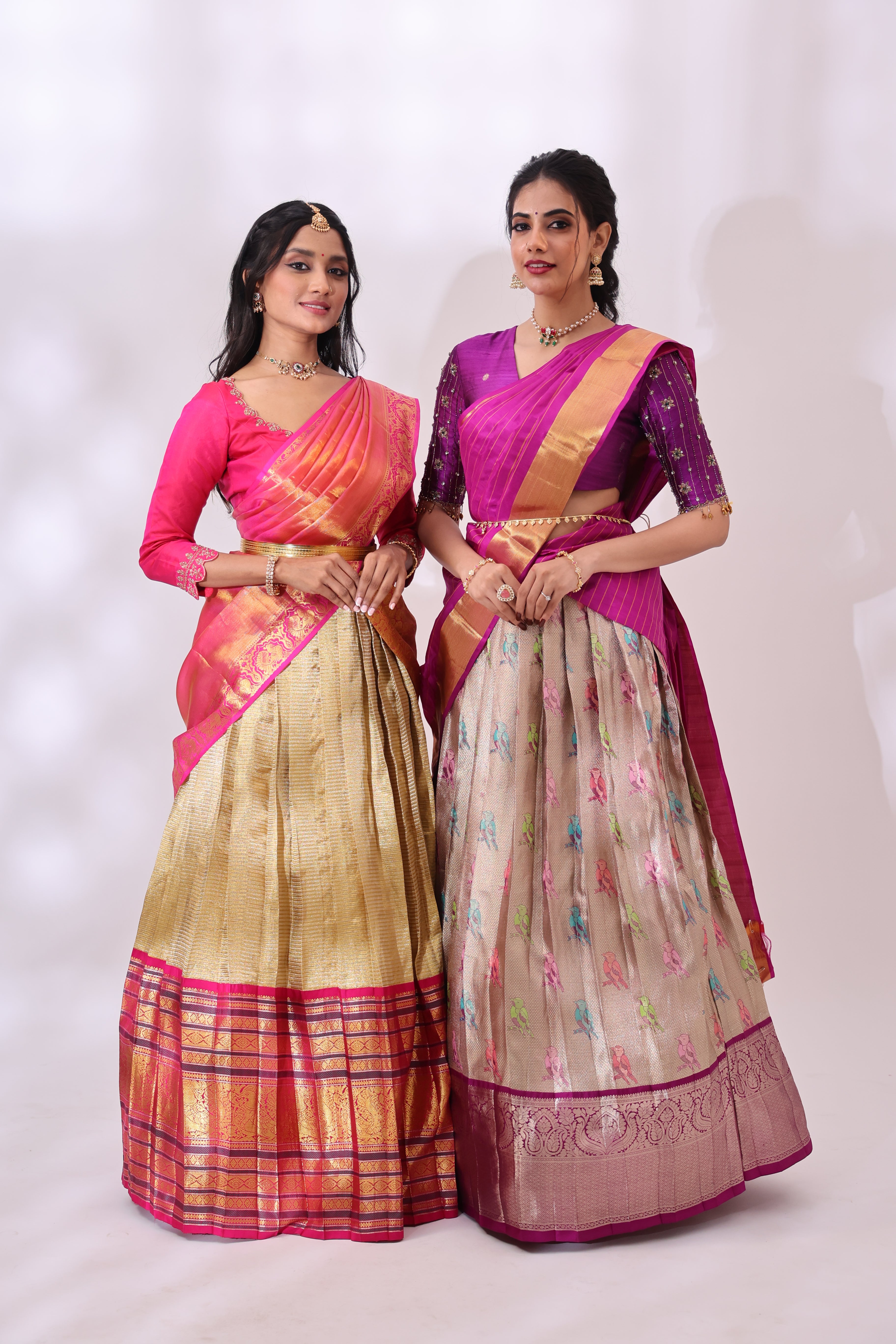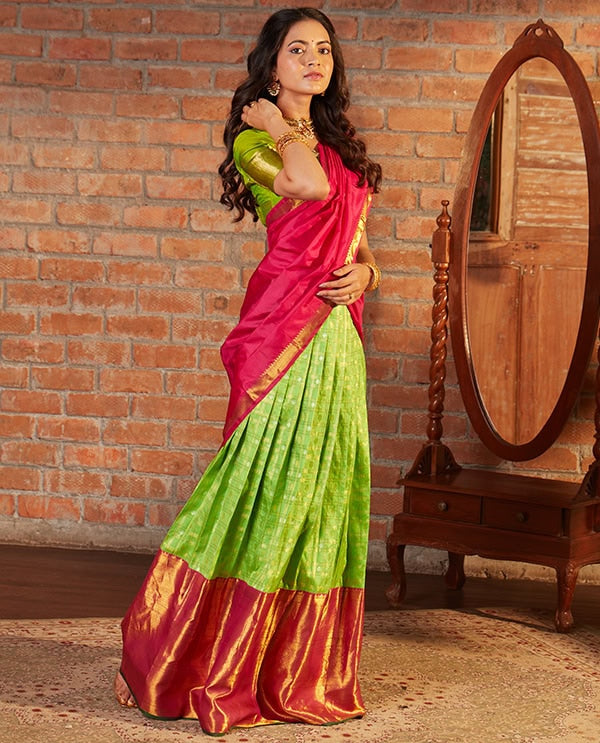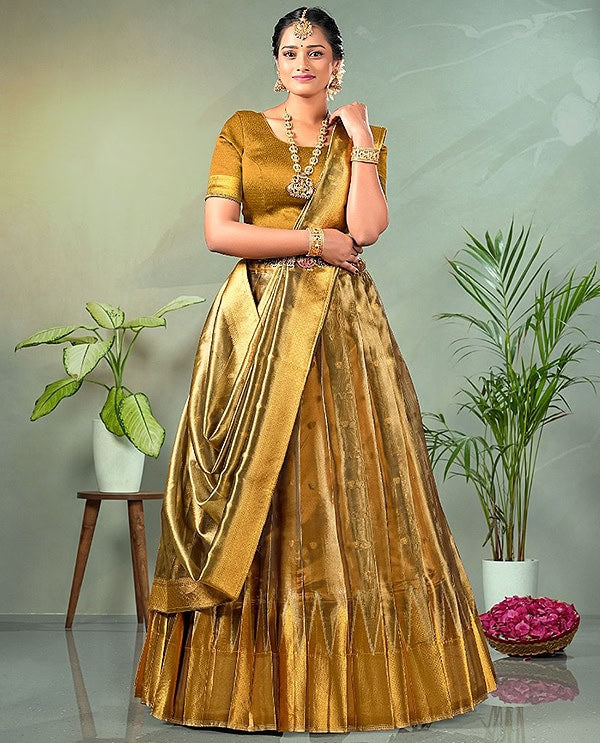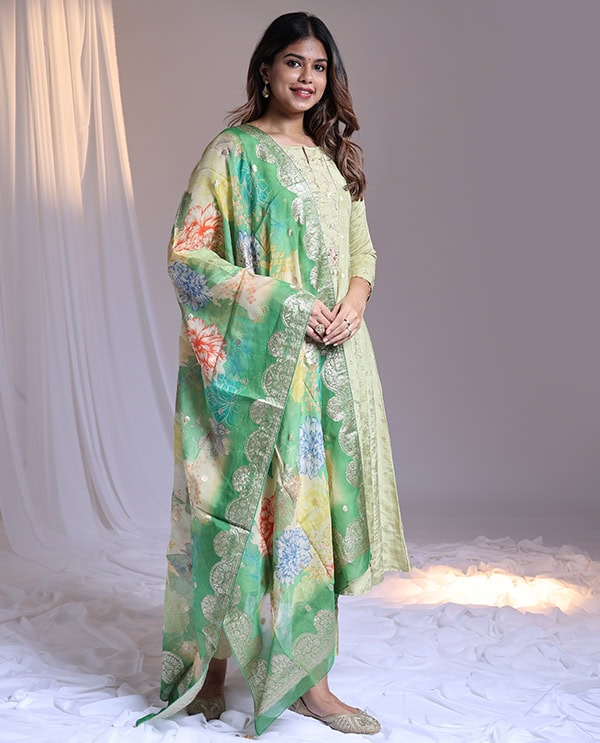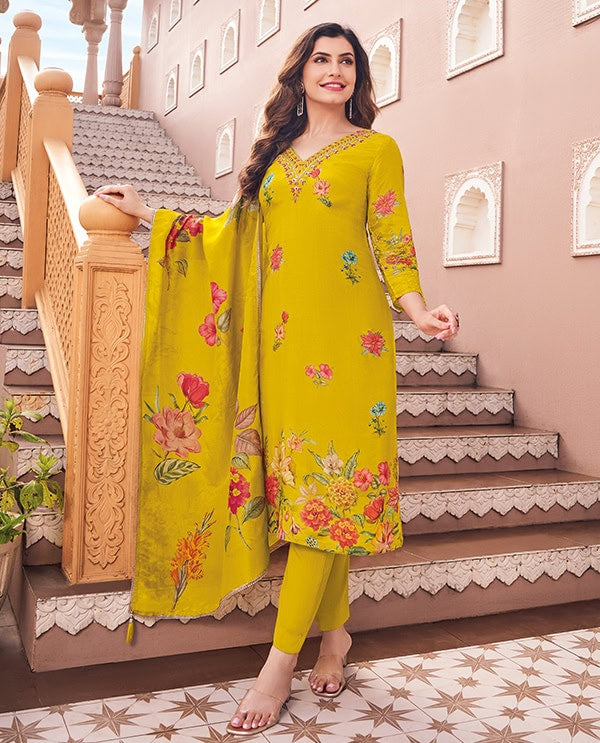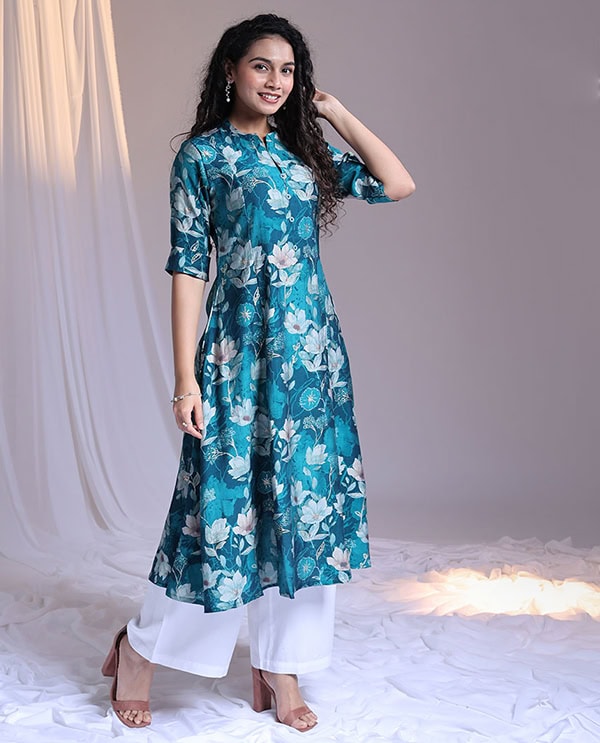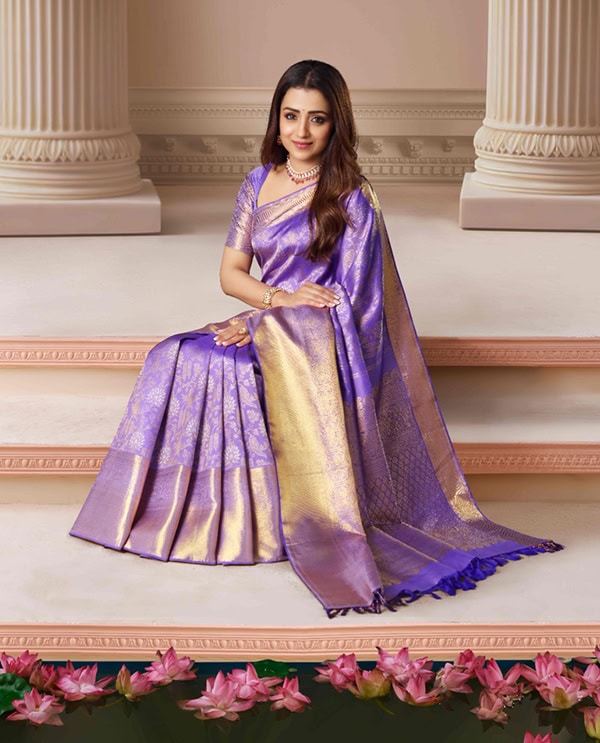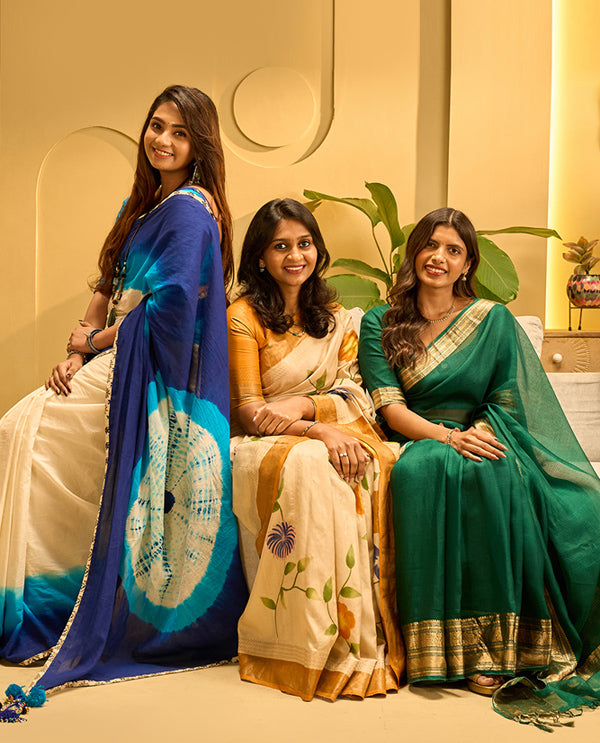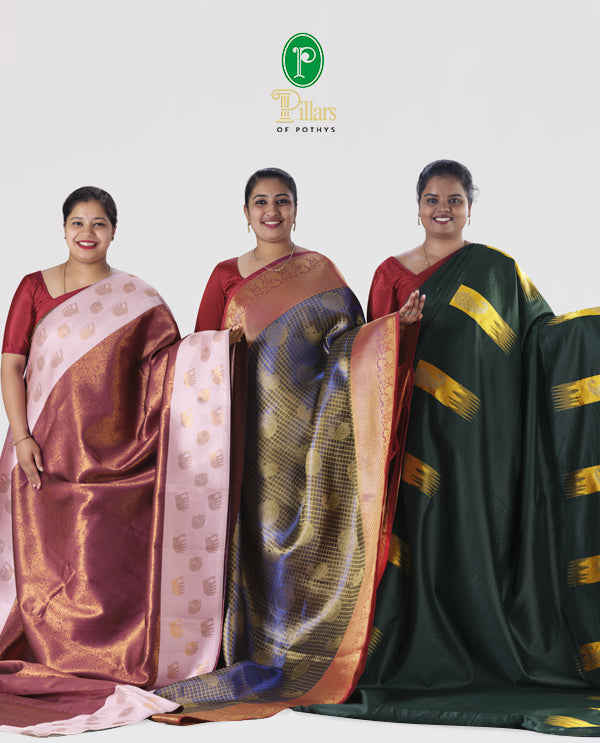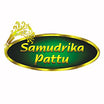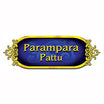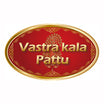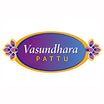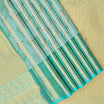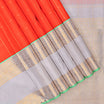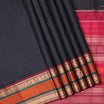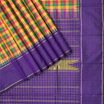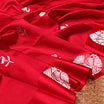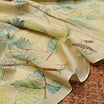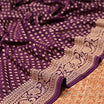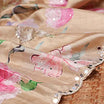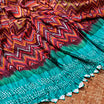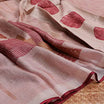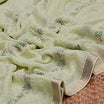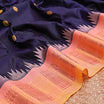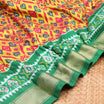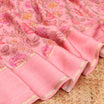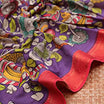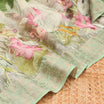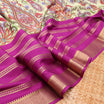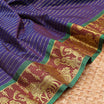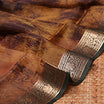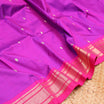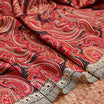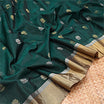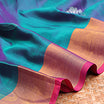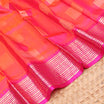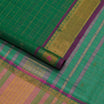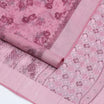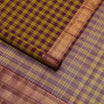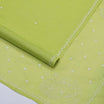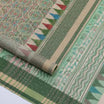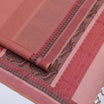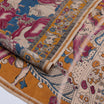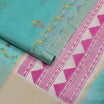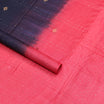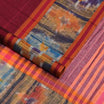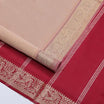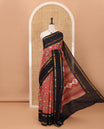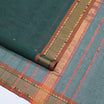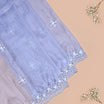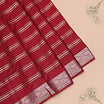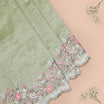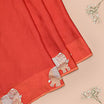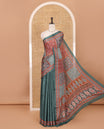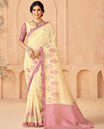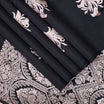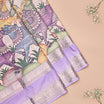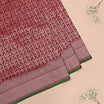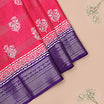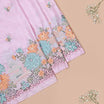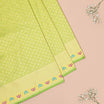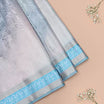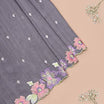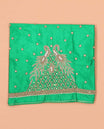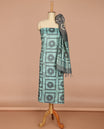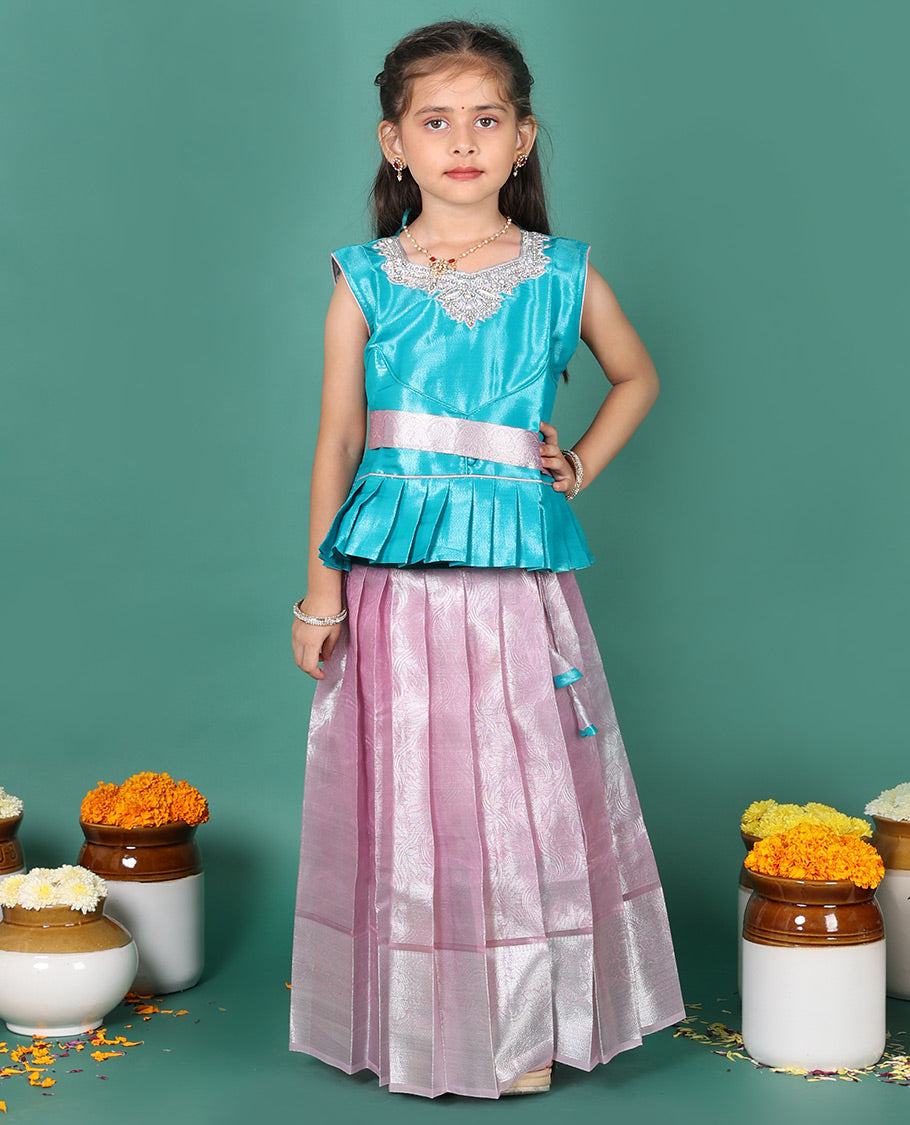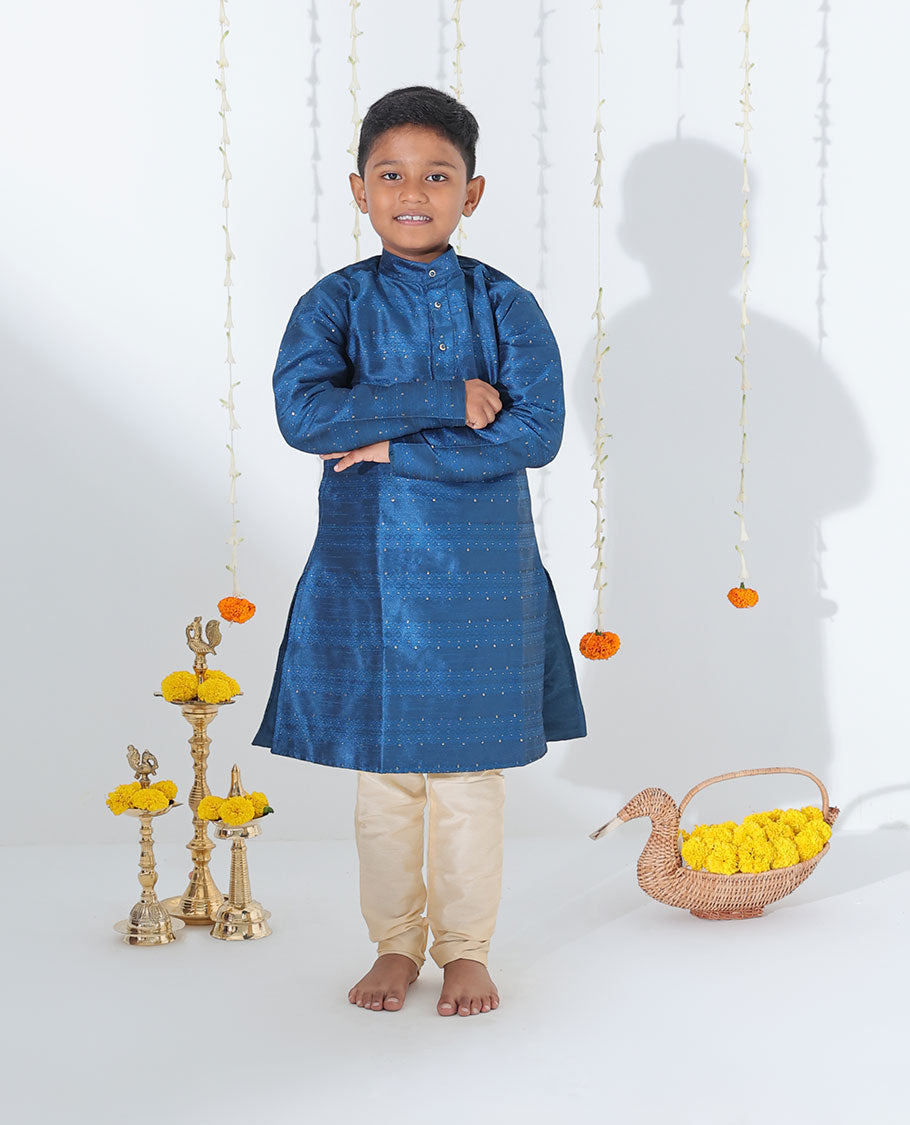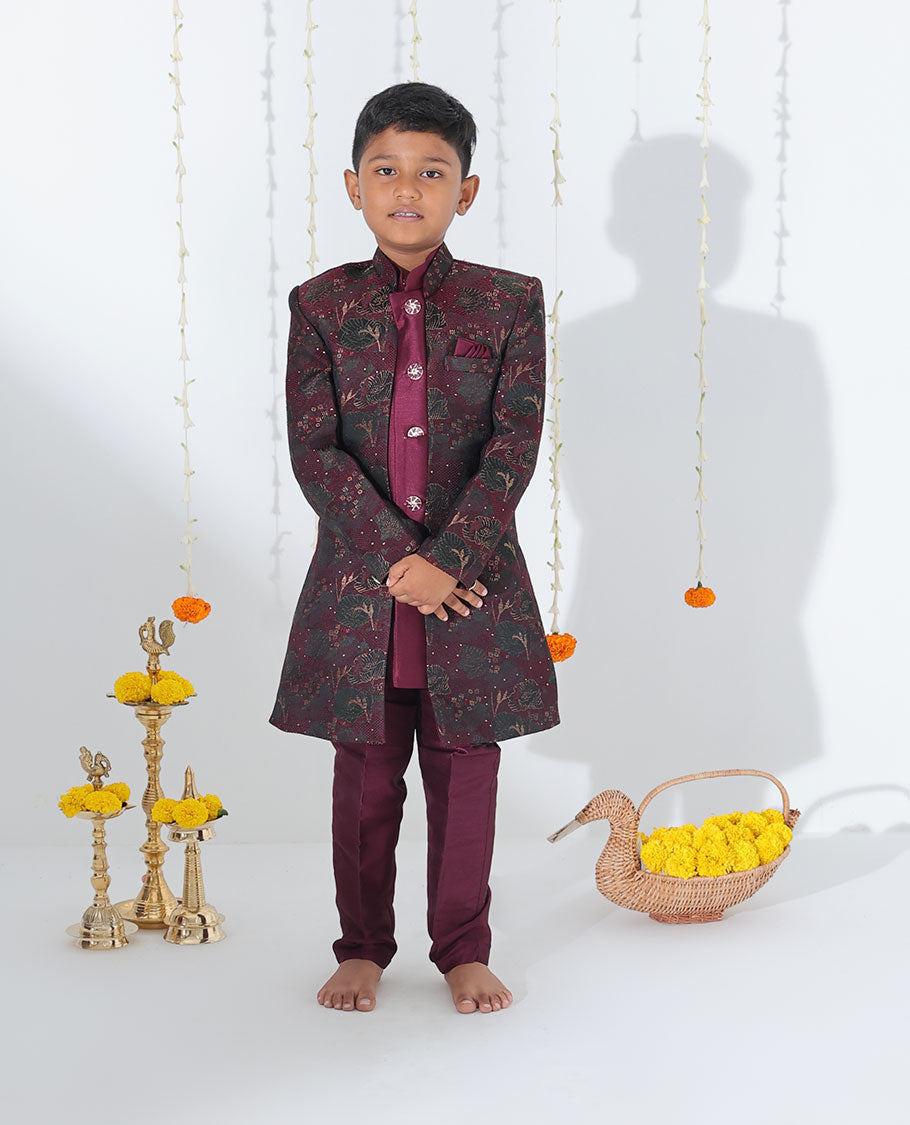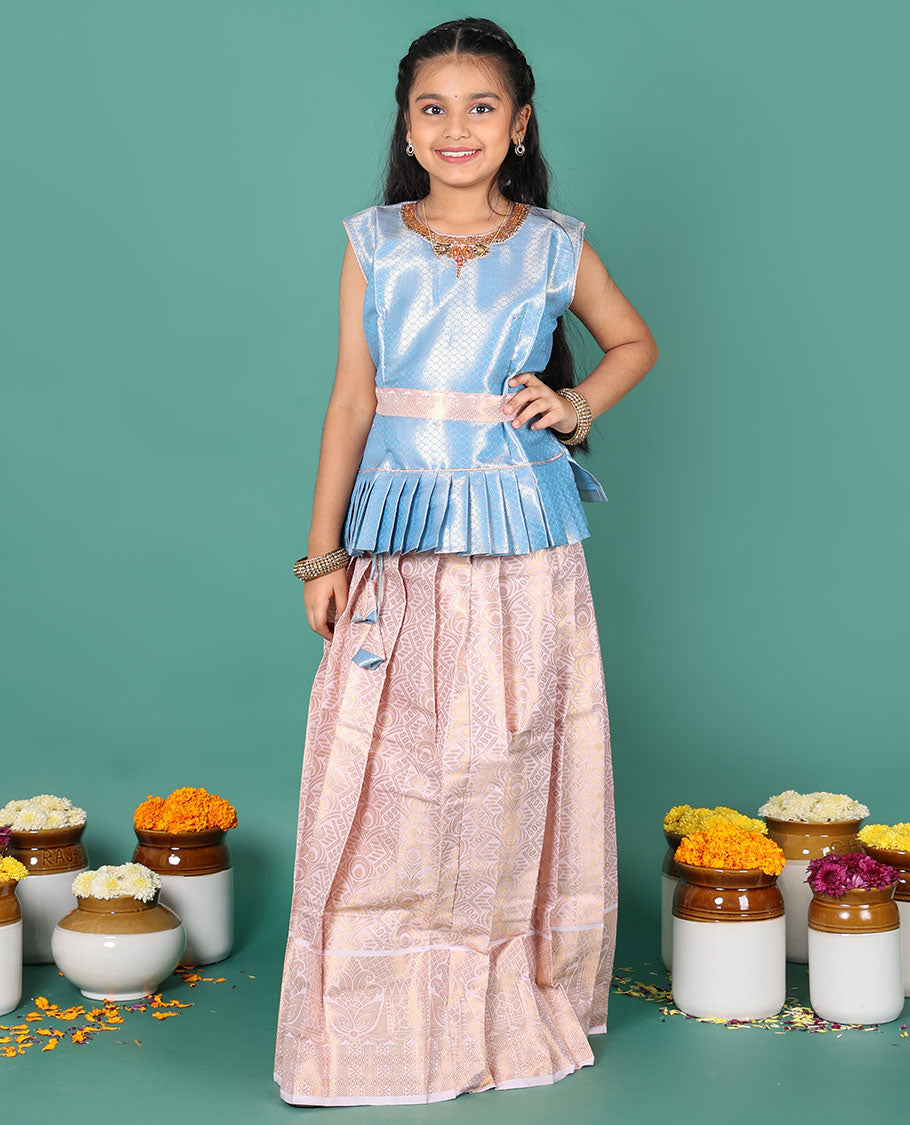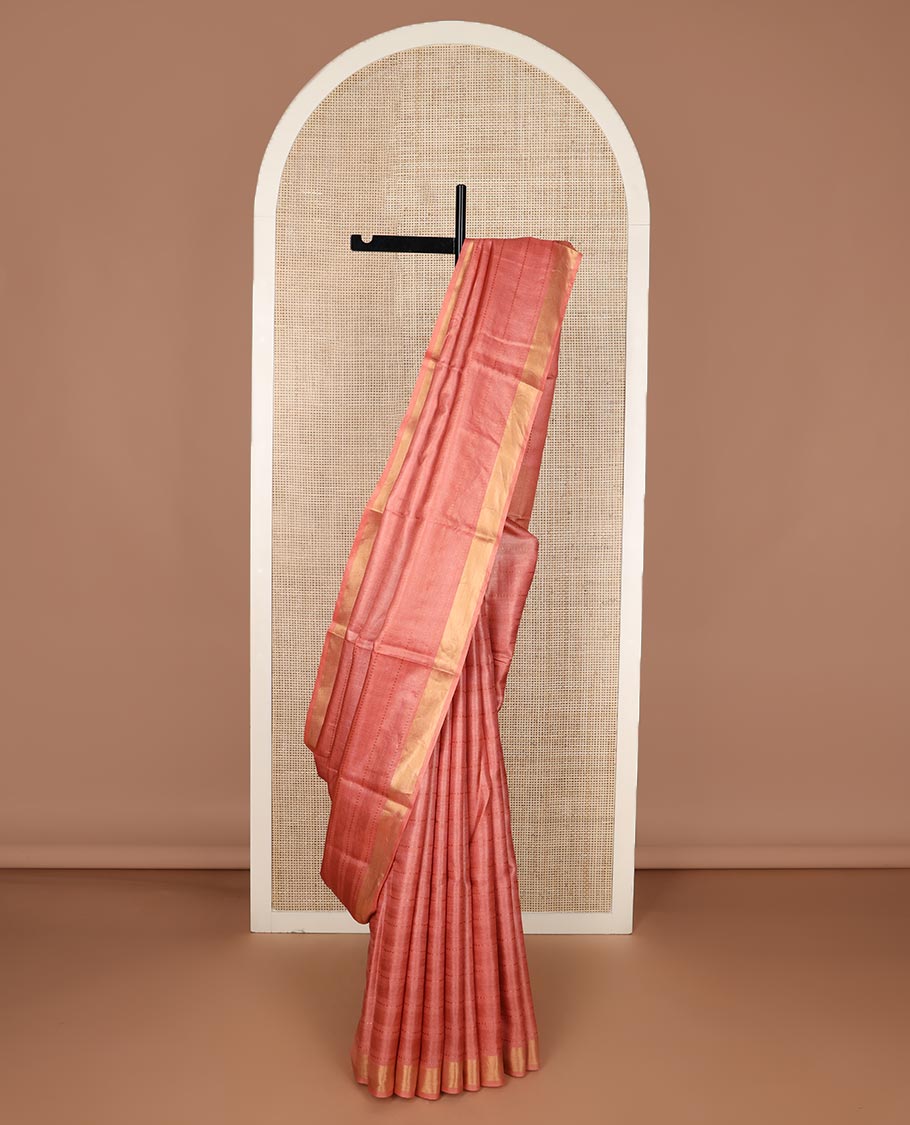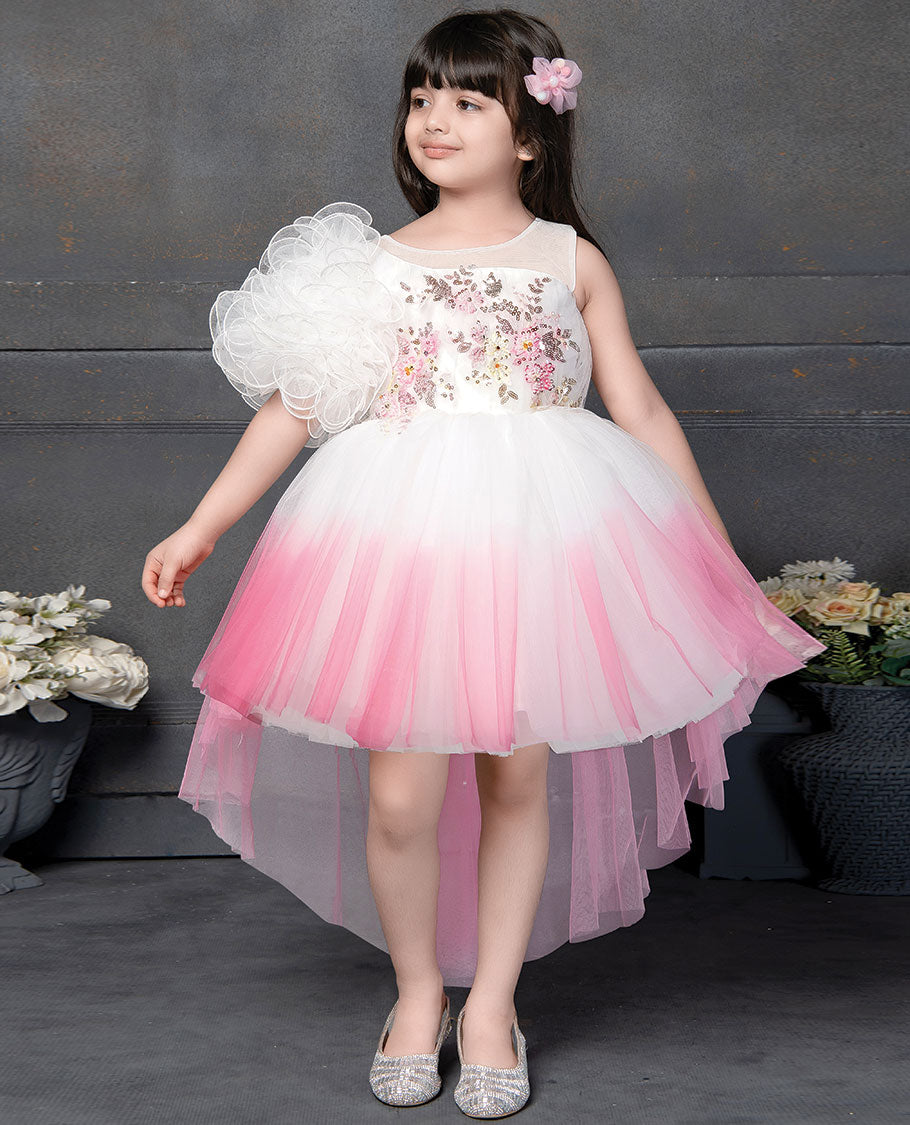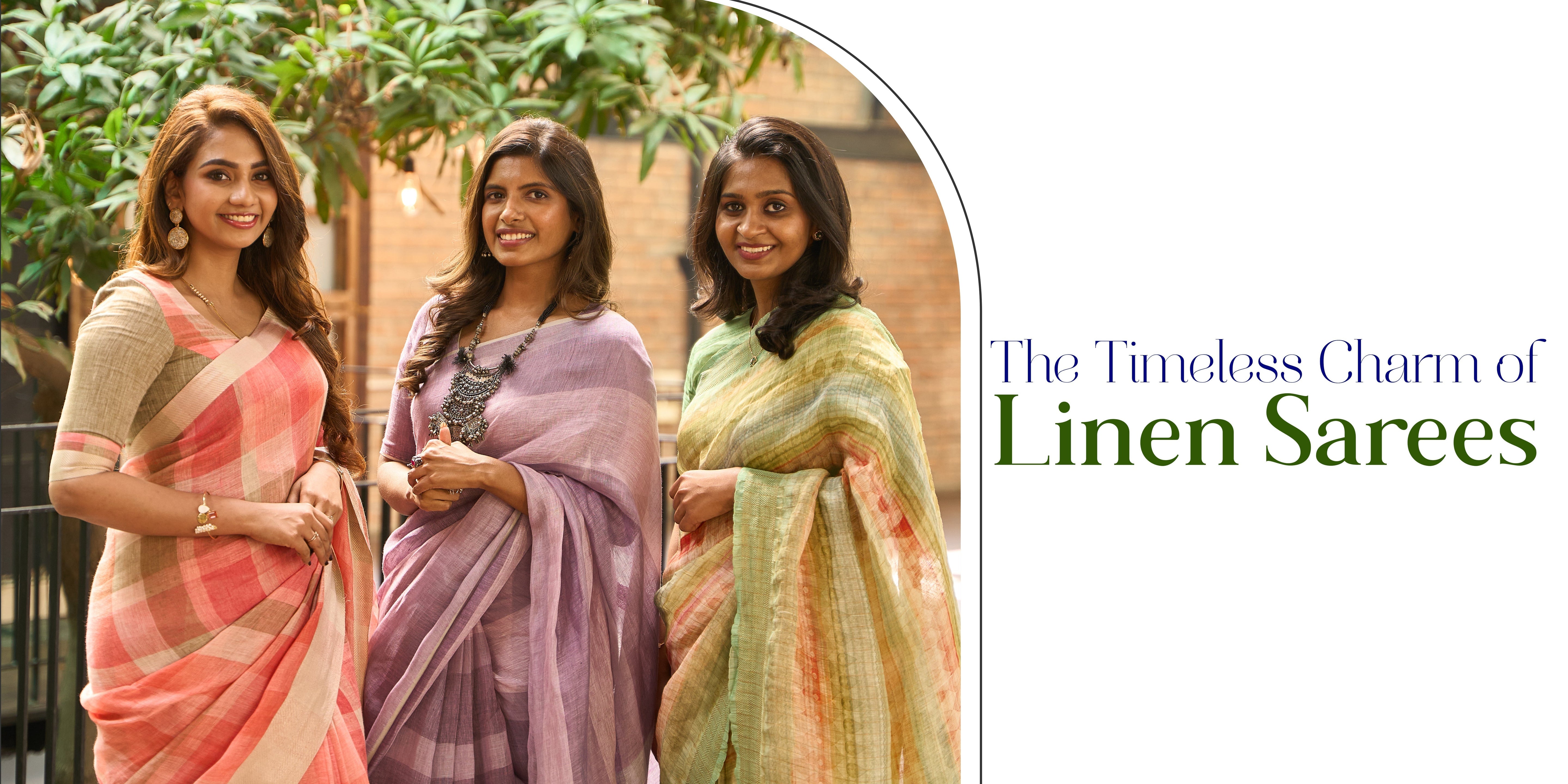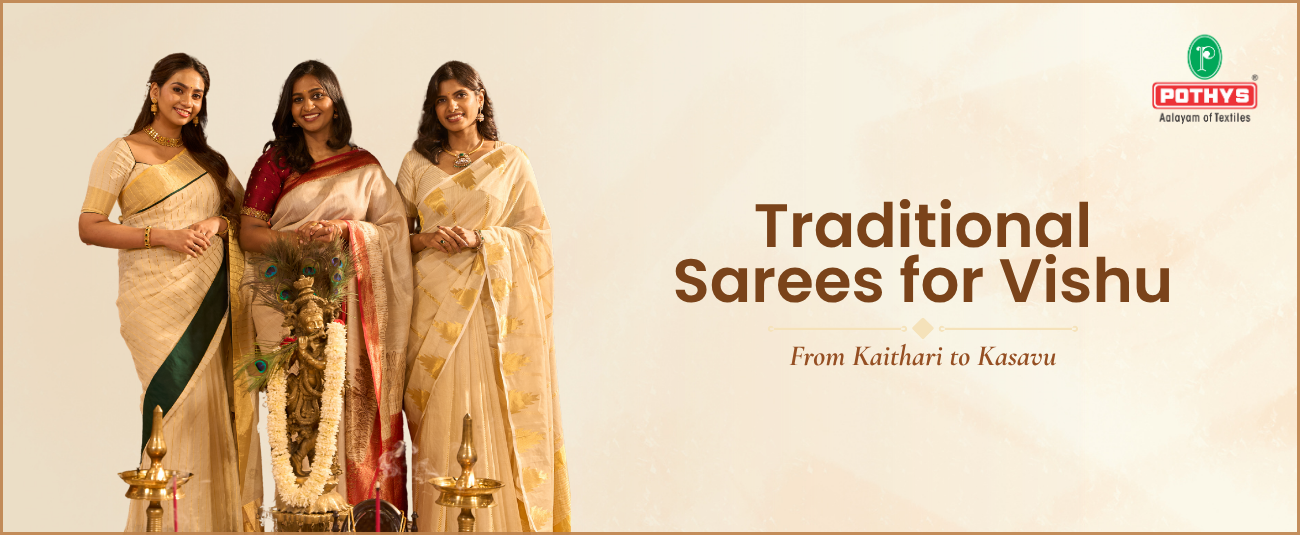Pothys' Traditional Tamil Clothing Inspired by Tamil New Year Delights
Tamil New Year, or Puthandu, is a time of renewal, celebration, and deep-rooted Tamizh cultural traditions. Celebrated in the month of Chithirai as per the Tamil calendar, it falls in mid-April. Tamil New Year marks the beginning of a fresh year, bringing with it an air of festivity and prosperity. As families gather to welcome the new year with rituals, delicious feasts, and heartfelt prayers, clothing plays a significant role in embodying the spirit of the occasion. Tamil Nadu has a rich textile heritage, and dressing in traditional attire during Puthandu reflects respect for customs, lineage, and the elegance of Tamizh culture.
Wearing traditional clothes of Tamil Nadu during Puthandu is not just about fashion - it is a tribute to the centuries-old weaving techniques, intricate craftsmanship, and artistic expression that define Tamil heritage.
Puthandu beautifully intertwines Tamil heritage with festivity. One of the most integral parts of this celebration is adorning the traditional clothes of Tamil Nadu, which reflect the elegance, tradition, and pride of Tamizh culture. Much like the flavors of Puthandu's special dishes, the attire worn during this occasion is rich in texture, color, and symbolism, making it an inseparable part of Tamil identity.
The Essence of Tamil Clothing in Festivities
Tamil Nadu has a rich textile heritage, with clothing deeply intertwined in its traditions, customs and lifestyle. Clothing - be it donning a new attire or gifting it- is considered a good sign in their celebrations. The traditional clothes of Tamil Nadu are known for their elegance and use of fine silk and cotton fabrics.
Puthandu is an ideal occasion to embrace these timeless ensembles, such as silk sarees, veshtis, and pavadai dhavani (half-saree) sets, reconnecting with one’s roots while celebrating the grandeur of Tamizh culture. Women gracefully drape themselves in a saree, a Tamil traditional dress, often in silk or cotton weaves that showcase exquisite craftsmanship. Men, on the other hand, opt for the classic veshti paired with an angavastram or a crisp white shirt. Young children follow their parents, with young boys often opting for similar options, while young girls wrap themselves in half-saree or pavadai sattai combinations.
Clothing & Cuisine: A Unique Combination
What is Tamil New Year without its delightful plating of delicious Tamil New Year dishes, each carrying a symbolic meaning and rich flavor. Just as these delights are prepared with an assortment of ingredients representing different aspects of life, traditional Tamizh attire is chosen with equal care to reflect grace, beauty, and cultural pride. Let’s explore how different elements of the traditional clothes of Tamil Nadu resonate with some of the most cherished Tamil New Year dishes enjoyed during Puthandu. Perhaps your inspirations for this year can come from this unique combination!
1. The Vibrant Kanchipuram Saree and the Sweetness of Mango Pachadi
The grandeur of a Kanchipuram silk saree, with its intricate zari work and bold colors, is much like the yummy mango pachadi served during Puthandu. Just as mango pachadi is a mix of sweet, sour, and bitter flavors symbolising life's ups and downs, a Kanchipuram saree blends colors, motifs, and textures to create a timeless masterpiece. The lustrous silk mirrors the golden hues of jaggery in the pachadi, symbolising prosperity and joy.
2. The Elegant Veshti and the Simplicity of Lemon Rice
The veshti, a staple among Tamil men during festivals, represents simplicity, purity, and elegance- values deeply embedded in Tamizh culture. When a new one is donned, it signifies fresh beginnings and bright futures. It is akin to lemon rice, a dish that may seem simple but bursts with flavor and tradition. Just as the silk veshti in pristine white or beige signifies purity and freshness, lemon rice, with its bright yellow color, represents warmth and new beginnings, making it a staple in Tamil New Year dishes.
3. The Flowing Madisar and the Richness of Payasam
The Madisar, a traditional nine-yard saree worn by married women, is synonymous with grace and cultural significance. Similarly, payasam, a must-have dessert on Puthandu, represents sweetness and auspiciousness. The intricate draping of the Madisar saree, much like the delicate preparation of payasam, requires precision and patience. Both are deeply rooted in Tamizh traditions and signify blessings and celebration.
4. Cotton Sarees and the Comfort of Sundal
For those who prefer comfort during the festivities, lightweight cotton sarees, woven with care and tradition, offer the perfect blend of breathability and elegance. These sarees are much like sundal, a simple yet nutritious dish made from legumes and coconut, served as a prasad during Tamil festivals. Just as sundal provides nourishment and energy, a well-draped cotton saree offers comfort and confidence during the day’s celebrations, making it a cherished choice for Puthandu alongside Tamil New Year dishes.
Tamil Nadu’s traditional clothing is more than just fabric and threads- it is a symbol of identity, history, and pride. Women’s sarees, from Kanchipuram silk to Madisar, each tell a story of craftsmanship, while the men’s veshti remains a mark of dignity. During Puthandu, when families come together to celebrate new beginnings, these attires serve as a reminder of Tamizh heritage, just as age-old recipes remind us of ancestral wisdom and cultural continuity; clothing and cuisine joining together as a mark of a new chapter of life.
FAQs
1. What is the traditional dress of Tamil Nadu?
The traditional clothes of Tamil Nadu for women include sarees, particularly Kanchipuram silk sarees and Madisar sarees. Men and young boys traditionally wear a veshti (also known as dhoti) along with an angavastram or a shirt. For young girls, the pavadai sattai is a popular choice. These outfits are worn during festivals, weddings, and other auspicious occasions.
2. How to dress up in the traditional dress of Tamil Nadu?
Dressing up in Tamil Nadu, especially during festive occasions like Tamil New Year, involves wearing traditional outfits such as silk sarees or cotton sarees for women and veshtis for men. Accessorising with temple jewelry, jasmine flowers, and embroidered blouses enhances the festive appeal. Men often pair their veshtis with silk shirts or kurtas for an elegant and cultural look. For daily wear, simple cotton sarees and veshtis are also popular choices.
3. What is Puthandu and Tamil New Year?
Puthandu, also known as Tamil New Year, marks the beginning of the Tamizh calendar year and is celebrated on the first day of Chithirai month. It is a festival of new beginnings, prosperity, and cultural traditions. Families gather to perform rituals, prepare festive meals, and dress in traditional clothes of Tamil Nadu to welcome the new year with joy and positivity.
Just as Tamil cuisine reflects a balance of flavors and traditions, the traditional clothes of Tamil Nadu embody heritage, elegance, and cultural pride. Whether it’s the regal Kanchipuram saree or the dignified veshti, these attire enhance the festive spirit of Puthandu, making the celebrations even more special.
Celebrate the ushering of a new year with love, light, and timeless tradition. Pothys wishes you a year filled with prosperity, happiness, and new beginnings- and a Puthandu Nalvazhthukkal in advance!


